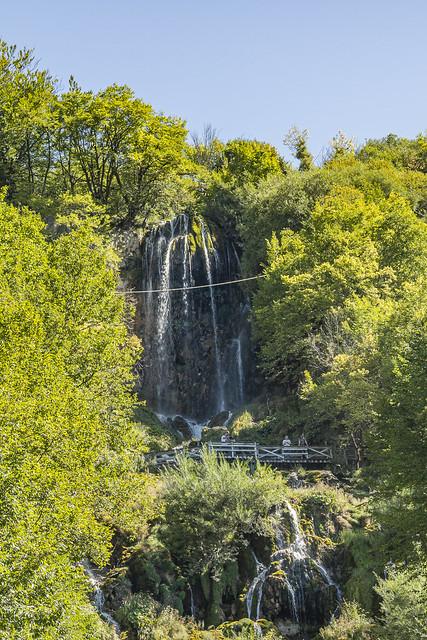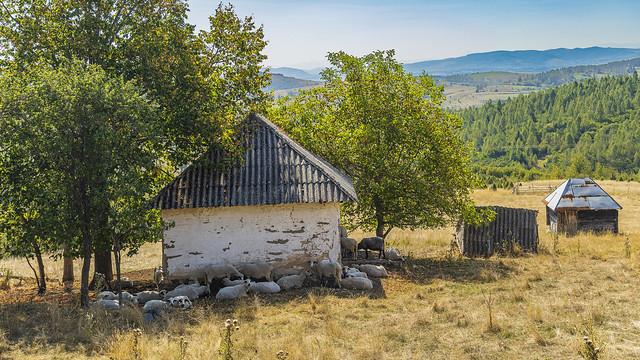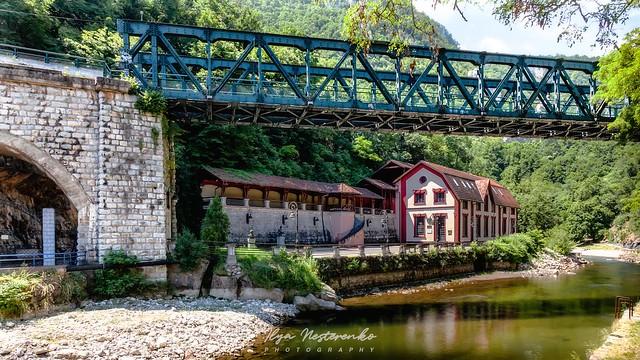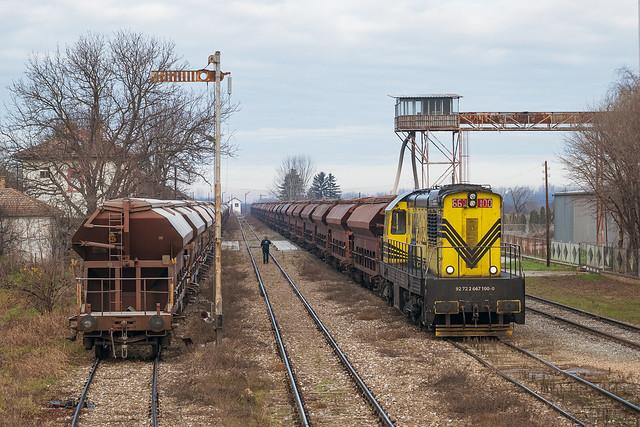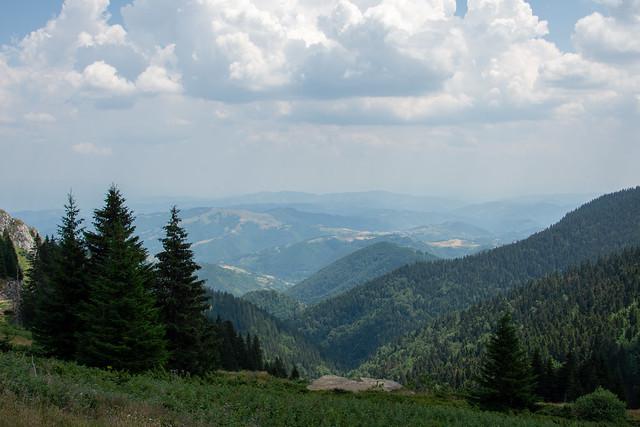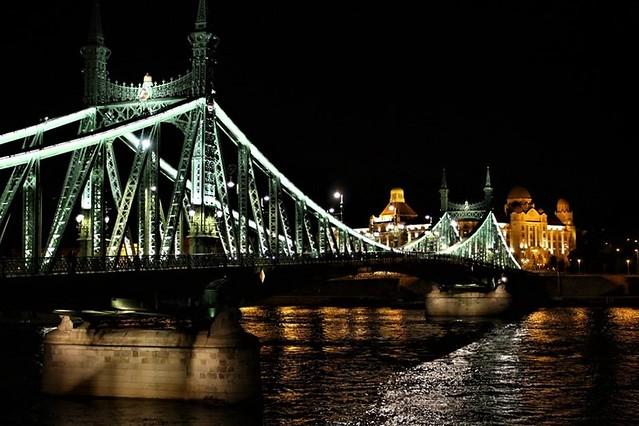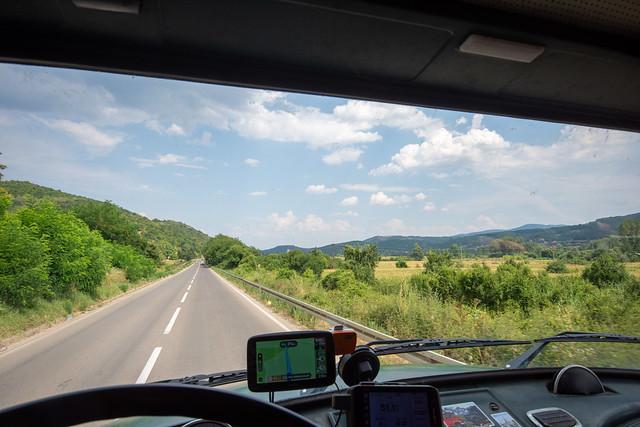Zlatibor District
Overview
Overview of Zlatibor District
Zlatibor District in Serbia is a picturesque region known for its blend of natural beauty and rich cultural heritage. It is situated in the western part of the country, characterized by its lush, rolling hills and dense pine forests. The district is famous for its traditional villages, where old wooden houses and quaint architecture provide a glimpse into Serbia's rural life. The culture here is marked by a strong sense of community, traditional music, and folk dances, as well as culinary specialties that include kajmak (creamy dairy product), pršuta (dried ham), and homemade brandies. Zlatibor's unique charm lies in its serene landscapes and the warm hospitality of its residents, making it an ideal destination for those looking to explore an authentic side of Serbian culture away from the bustling cities.
Best Time to Visit and Activities
The high season for tourism in Zlatibor District is during the summer months, from June to August, when the weather is warm and sunny, perfect for outdoor activities. During this time, visitors can enjoy hiking, mountain biking, and walking tours through scenic routes such as the Sargan Eight railway or the Stopica Cave. The district also hosts several cultural festivals in the summer, showcasing traditional music, dance, and crafts that provide a deep insight into the local culture. For those who prefer a winter getaway, Zlatibor also becomes a popular destination from December to February, offering activities like skiing and snowboarding in the Tornik ski resort, providing a different yet equally enchanting experience.
Preparation for Travelers
Before visiting Zlatibor District, travelers should prepare adequately to make the most of their trip. It is advisable to pack clothing that suits the season; light, breathable clothing for summer, and warm layers and waterproofs for winter. Comfortable hiking shoes are a must for exploring the natural landscapes. Since English is not widely spoken outside major tourist areas, learning a few basic phrases in Serbian can be very helpful. Additionally, visitors should have local currency (Serbian dinar) as smaller shops and rural areas might not accept credit cards. Lastly, it’s recommended to stay updated on local weather conditions and any travel advisories that might affect the region during your stay.
How It Becomes to This
History not available

You May Like
Explore other interesting states in Serbia


